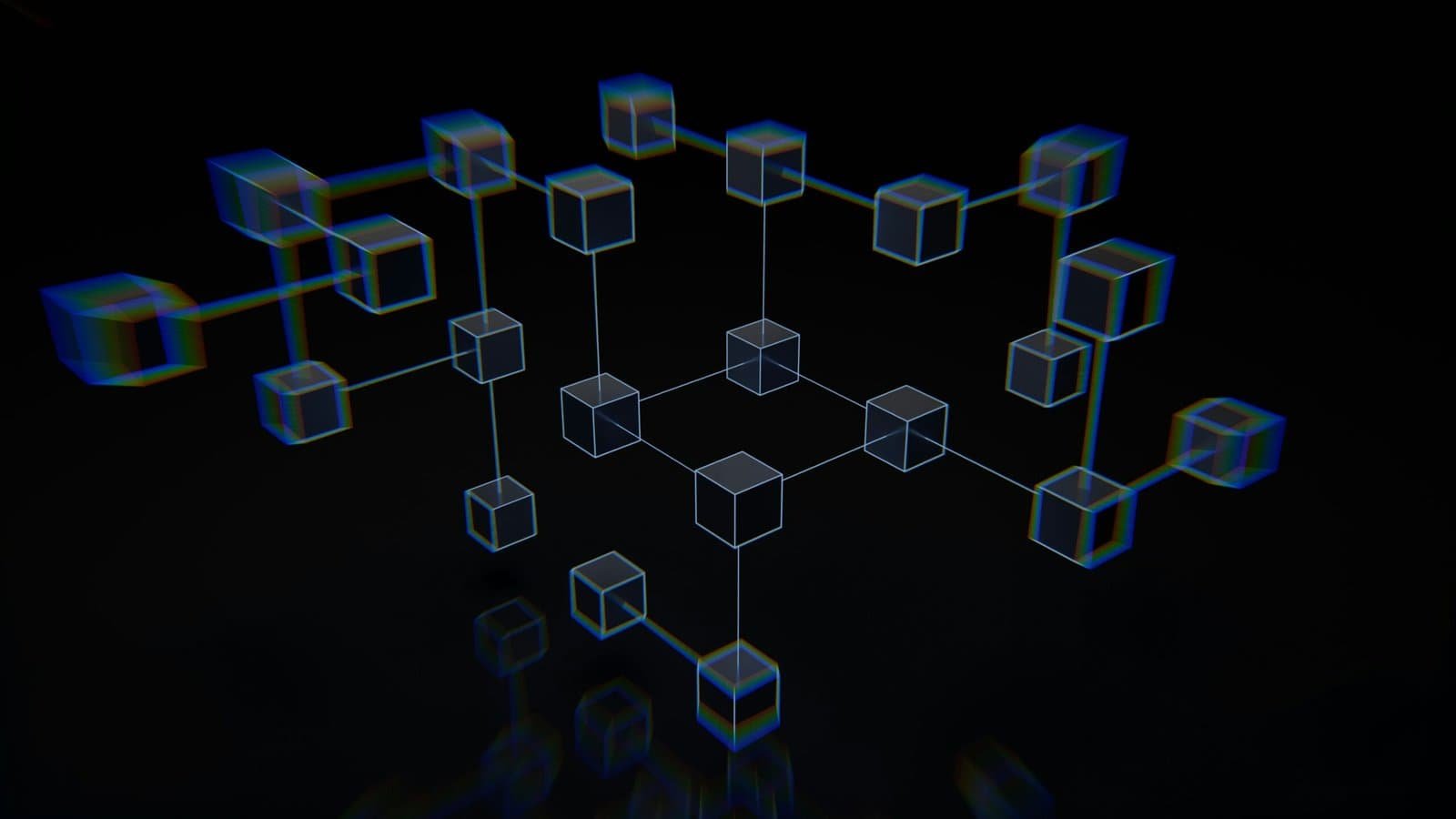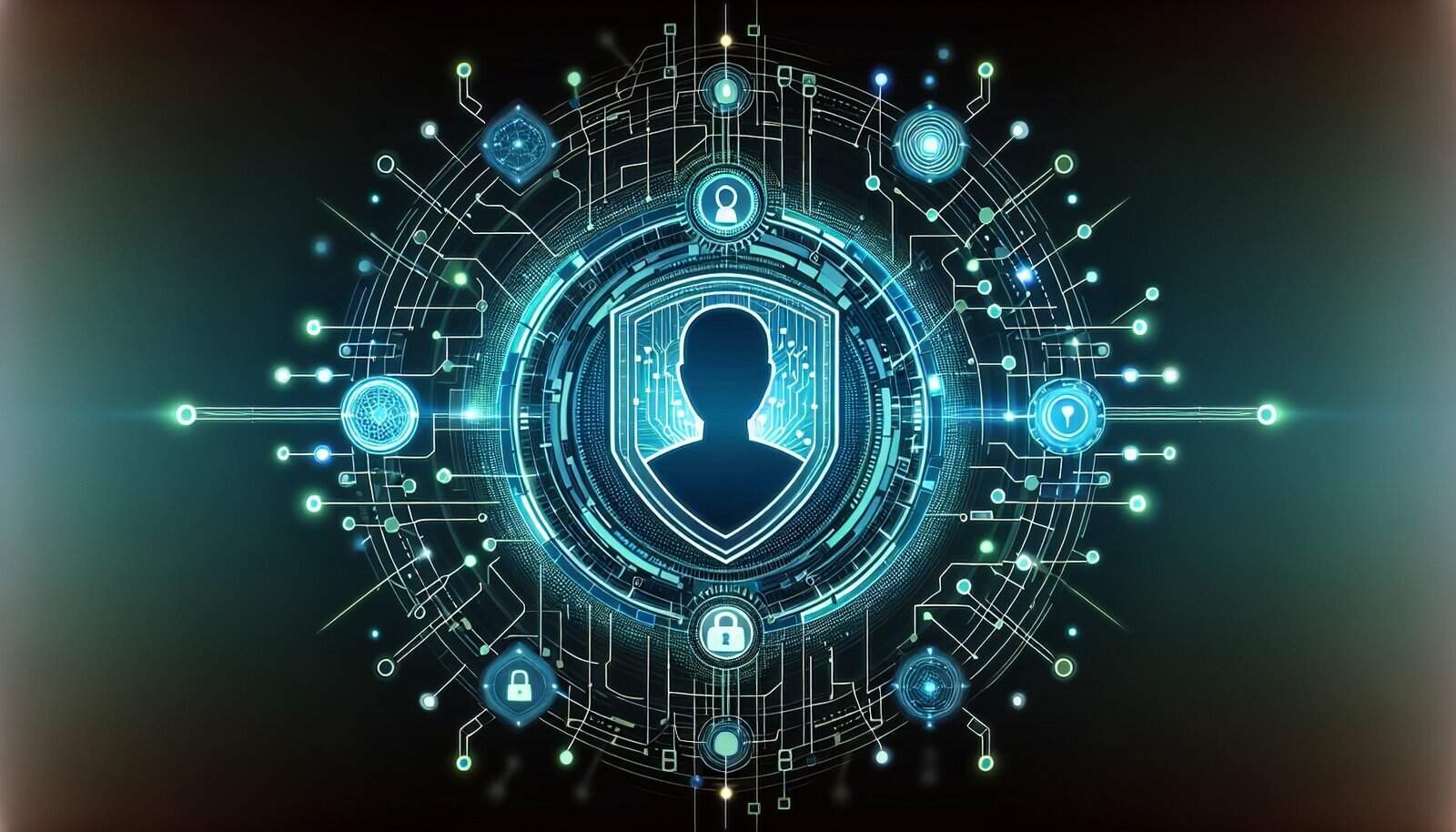Have you ever wondered how your online identity is managed and verified? In today’s digital age, where concerns about privacy and personal data security are at an all-time high, the concept of Decentralized Identifiers (DIDs) is gaining traction. It’s an exciting time to explore how decentralization can actually empower you by giving you control over your identity in the digital space.
What is a Decentralized ID (DID)?
Let’s start with the basics. A Decentralized Identifier (DID) is essentially an identifier that you, as a user, create and own. Unlike traditional forms of identification that are governed by centralized institutions like governments or social media platforms, DIDs allow you to manage your identity through decentralized blockchain technology. This means you’re not just an account number or a set of traits in someone’s database, but a self-sovereign entity in the digital world. Take a moment and imagine having the power to present your credentials without depending on any third-party organization!
DIDs mark a significant shift in how we think about personal data and autonomy. They prioritize your privacy while still providing a reliable way to authenticate who you are. Think of it like possessing your own digital passport that you control, rather than one that’s issued with limitations and potential misuse by a central authority.
The Principles of Decentralization
At the very heart of the concept of DIDs is decentralization. But what does that mean for you? In simple terms, decentralization is about distributing power away from a central authority. A DID gives you the ability to control your digital identity independently from these centralized organisations, promoting a more secure, private and user-centric approach to identity management.
User Control and Consent
When uniqueness and authenticity are essential, DIDs provide a robust solution while ensuring your freedom and authority over your own information. With DIDs, you have the power to decide who gets to access your personal data. In an era where every other news headline is about data breaches or privacy violations, it’s refreshing to think that you could have both sovereignty and security in one package.
Privacy by Design
With DIDs, privacy isn’t merely an afterthought; it’s built into the very fabric of the technology. DIDs utilize encryption and secure cryptographic techniques to ensure that your personal information remains private. Picture your data in a fortified vault, with you holding the sole keys. Any verification processes use only the information you choose to share, and your data remains off-limits to prying eyes.

The Role of Blockchain Technology
Blockchain technology plays a pivotal role in the functioning of decentralized IDs. If you’re not familiar with blockchain, all you need to know is that it’s a secure, distributed ledger that records transactions across multiple computers. This makes the records tamper-proof, transparent, and secure.
Secure and Immutable
For DIDs, blockchain ensures that once your identity is registered, it cannot be tampered with. Imagine a diary where once a page is written, it can’t be altered or erased. Blockchain offers this sort of assurance. It’s that secure, and it’s all yours to control, ensuring that your credentials are trustworthy and verified.
Trustless Interactions
You might wonder, “Why should I rely on this potentially complex system?” Think about trustless verification—the heart of blockchain. In traditional setups, you have to trust someone with your data. With DIDs, there’s no need to place your trust blindly. Blockchain’s secure pathways allow you to interact without the need for intermediaries, thus eliminating the potential for mistrust and fraud.
Understanding Crypto KYC
Now, let’s transition into another critical aspect—Crypto KYC. Know Your Customer (KYC) is a standard practice whereby businesses verify the identities of their clients. It’s crucial in maintaining regulatory compliance and preventing illegal activities such as money laundering.
The Challenges with Traditional KYC
You might have experienced the cumbersome process of KYC when registering with banks or online services. Traditional KYC procedures require you to provide personal documents multiple times, risking exposure to data breaches. Isn’t it frustrating to supply the same documents again and again? This not only makes the process slow but increases the risk of your information being hacked or misused.
DIDs and Crypto KYC
By integrating DIDs with crypto KYC protocols, users like you can simplify the verification procedures. Instead of submitting the same documentation to different platforms, a verified DID can serve as a one-stop solution. It’s like having a multi-pass that travels with you, across services, without being duplicated and vulnerable in each instance.

Benefits of Decentralized Identities
What tangible benefits can you, personally, expect from adopting DIDs? A lot, actually! Let’s highlight some of the key advantages that can make your digital interactions smoother and more secure.
Enhanced Privacy
With traditional identity systems, your data might be stored on centralized servers, prone to breaches. DIDs empower you to maintain your privacy by keeping data decentralized and encrypted. Think of it as your protective shield, allowing you to operate online with peace of mind.
Interoperability
Have you ever been frustrated with needing different identities for different systems? DIDs can resolve this by promoting interoperability. They work across different platforms without silos and gatekeepers. Imagine walking through a park instead of a maze, with paths between different online services being seamless and straightforward.
Portability
Your DID is not tied to any specific service provider – it’s like having your very own digital ID card in your wallet. Wherever you decide to ‘show’ yourself online, you can do so without the need to establish a new set of credentials.
Self-Sovereignty
With DIDs, you could enjoy self-sovereignty, meaning you hold the keys to your identity. It’s not something managed by others; it’s yours entirely. This sovereignty can transform the way you think about interacting with systems online, putting you back in the driver’s seat.
Potential Challenges and Concerns
Like any emerging technology, DIDs aren’t without challenges. But knowing these can help you better understand the landscape and navigate your options.
Usability and Adoption
Adapting to a new system can be daunting. DIDs require a shift in how identity is traditionally managed, and not every individual or organization is ready to make that change. It’s like moving to a new neighborhood—you need time to familiarize yourself with the surroundings.
Regulatory Issues
As promising as DIDs are, they must thread the regulatory needle, complying with laws and norms across different jurisdictions. Balancing decentralization with legal compliance is an ongoing challenge. It’s akin to driving on a road with traffic laws—necessary to maintain order yet not always straightforward.
Trust and Verification
While blockchains offer security, the trust in DIDs comes from wide-scale agreement and adoption among peers and platforms. It’s a bit like a trust fall; it works if everyone is committed to catching you.

Future of Decentralized Identities
What does the future hold for DIDs? It’s an intriguing question that’s been on many minds.
Leveraging AI and Machine Learning
Imagine the future where AI and DIDs complement each other to recognize patterns in authenticating identities, enhancing both security and user experience. It’s like upgrading from a compact car to a high-tech smart vehicle that knows the road ahead.
The Rise of Digital Sovereignty
As digital sovereignty becomes a growing concern, more individuals are likely to seek out DIDs not just as a novelty, but as a necessity. Their value is being increasingly recognized, much like a sunrise that more and more people have started to notice and appreciate.
Greater Global Implementation
While still in the early stages, the gradual implementation of DIDs on a global scale echoes a future where equal access and opportunities exist for individuals worldwide, closing the digital divide. Picture a world not limited by disparate systems, but connected through a universal digital identity language.
How To Get Started with a DID
Interested in taking control of your own digital identity? Here’s a simple guide to get you started.
Choose a Reputable DID Provider
Brands are emerging that provide DID services. It’s crucial you do thorough research and pick a provider that aligns with your values and privacy expectations. Think of this like choosing a reliable locksmith; you want someone you trust with your house keys.
Understand the Basics
Familiarize yourself with the technology basics: how to manage your DID keys, how the credentials work, and how to securely store your information. It’s much like learning to ride a bike; once you get the hang of maintaining balance, you’re set.
Experiment and Learn
Get comfortable with using DIDs for small transactions first. Explore how they operate in a low-risk environment. It’s like sampling street food before committing to a full meal – it allows you to gain confidence in your choices.

Final Thoughts
As you stand on the precipice of a digital identity revolution, it’s crucial to remember the power that decentralization has to offer, placing control firmly into your hands. Decentralized IDs help bridge the gap between identity management and privacy, promising a world where one’s digital existence is secure, private, and under personal control.
In a digital landscape that’s constantly shifting, you’d be choosing a path less traveled but immensely rewarding—one that echoes themes of empowerment and autonomy over your identity and data. Why not take the leap and embrace this exciting evolution?
